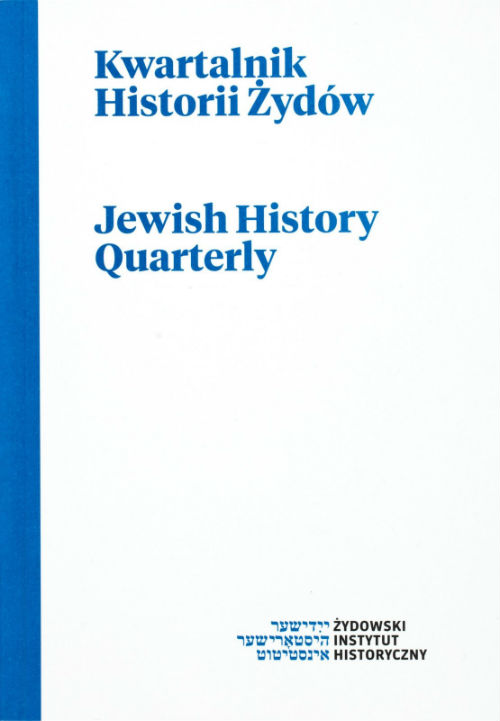Szkoły żydowskie na tle szkolnictwa powszechnego na Ziemi Kleckiej powiatu nieświeskiego województwa nowogródzkiego w latach 1921-1939
Jewish Schools Against the Background of General Education in Kleck Land of Nieśwież District in Nowogródek Voivodship in the Years 1921-1939
Author(s): Bożena IwanowskaSubject(s): History
Published by: Żydowski Instytut Historyczny
Keywords: Kleck; Jewish schools; primary schools; Słuck Yeshiva
Summary/Abstract: When the Republic of Poland regained independence in 1918, the town of Kleck found itself inside its boundaries. The authorities soon embarked on the organization of a state school system in those areas. In Kleck, similarly as in many eastern towns, the Jews then accounted for 80% of the population. Consequently, Jewish educational establishments outnumbered the Polish ones. In the two decades separating WWI from WWII the following Jewish schools operated in Kleck: four 4-grade cheders, a 7-grade crafts school for boys (Talmud Tora), a 1-grade (with a preparatory form) basic school run by Meir Dawid Kronicz, Wolf Bomstein’s 2-grade school for boys and girls, Tarbut secondary school and a religious school, the Słuck Yeshiva in Kleck. In addition to strictly religious subjects, Hebrew was taught in the cheders. After 1922, in newly independent Poland, the curriculum program in the cheders was enlarged and embraced reading and writing in Hebrew and Yiddish in grade I, Hebrew language and literature, Polish, religious subjects, the history of the Jewish people, and arithmetic, geography, music (a syllabus consistent with the regulations of the Ministry of Religious Denominations and Public Instruction of the Republic of Poland from 1923) in grades II through IV. In the years 1921–1922 the Słuck Yeshiva, a school for future rabbis, moved to Kleck from nearby Słuck, now situated in Soviet Byelorussia. The celebrated rabbi Isser Zalman Meltzer, who was the superior of the Słuck Yeshiva, arranged the flight of his students from Słuck to Kleck in order to save the Jewish scientific legacy and the future of several hundred young candidates for rabbis. He himself was only able to join his students in 1923. The huge support of the Kleck Jewish community for Rabbi Meltzer and his students ensured a swift opening of the Yeshiva in Kleck, which, even though it retained the name of Słuck Yeshiva, it added splendor to the town. Its festive inauguration alone attracted some 10,000 Jews from all corners of Poland and from abroad. All these types of educational establishments are reviewed in the article.
Journal: Kwartalnik Historii Żydów
- Issue Year: 243/2012
- Issue No: 03
- Page Range: 405-414
- Page Count: 10
- Language: Polish

